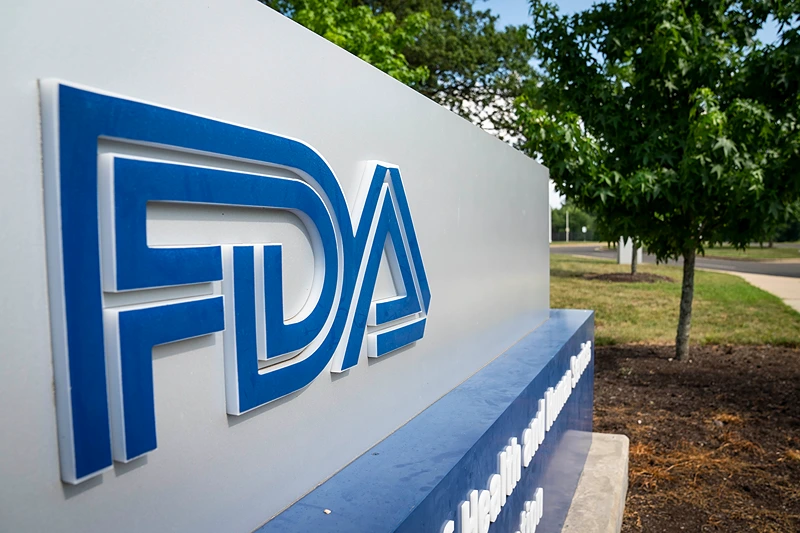

OAN’s Brooke Mallory
3:57 PM – Friday, December 8, 2023
A ground-breaking gene-editing therapy for sickle cell disease, a debilitating ailment that affects around 100,000 Americans, the majority of whom are people of color (POC), was authorized by the U.S. Food and Drug Administration (FDA) on Friday.
Advertisement
The therapy claims to be able to repair the disease-causing gene.
For Johnny Lubin, a 15-year-old from Connecticut who has seen the crippling symptoms of the condition, the discovery provides a glimmer of hope. Since birth, he has struggled with excruciating pain and health issues related to his sickle cell gene, which he genetically received from both of his parents.
Being typically shaped like “doughnuts,” red blood cells bend into stiff sickle shapes that clog blood vessels and impair the body’s ability to absorb oxygen.
Physicians had informed Lubin that he would not live past the age of 40.
“I was starting to get a little bit scared. Like, I actually did want to live past 40,” he said.
Lubin was in and out of hospitals for almost ten years. He claimed that he would keep track of the number of times he visited each hospital room, and that one day he discovered he had visited every room on the floor.
When Fabienne and J.R. Lubin, Johnny’s parents, found out about a state-of-the-art clinical study utilizing gene editing—a procedure that does not require a donor—they were desperate for a cure.
Lubin first had chemotherapy to help eradicate the aberrant cells after stem cells were taken out of his bone marrow.
The protective form of hemoglobin, a protein that absorbs oxygen from the lungs and distributes it throughout the body, was then increased in a lab using the editing technique known as “CRISPR.” Normally, this protective form of hemoglobin decreases after birth. After that, the cells were reinfused into Lubin’s circulation.
The leader of pediatric stem cell transplantation at New York-Presbyterian/Columbia University Irving Medical Center and Johnny’s physician, Dr. Monica Bhatia, explained that altering the cell reprograms it to generate fetal hemoglobin.
“It’s been widely known that fetal hemoglobin is somewhat protective, and those who have higher levels of fetal hemoglobin tend to have less severe symptoms of sickle cell disease,” she said.
“You’re changing somebody’s DNA. So obviously, you wanna make sure that the corrections you’re making are, are the ones you want,” Bhatia added.
Lubin now has much improved health and the possibility of living a longer life after a difficult five weeks in the hospital and a six-month leave from school.
“I thought that was pretty cool how I have like new cells, and I honestly hoped, you know, I could get, you know, some super powers from it, you know, maybe become a superhero, you know, like genetically engineered,” Lubin said.
Vertex Pharmaceuticals and CRISPR Therapeutics, located in Boston, developed the medication known as Casgevy.
Before the specialists declare the medication to be a guaranteed cure, patients must be monitored for an extended period of time. Although gene editing may not be suitable for every sickle cell disease patient, it is anticipated to cost several million dollars per patient.
However, it would not stop the gene from being inherited by future generations.
Stay informed! Receive breaking news blasts directly to your inbox for free. Subscribe here. https://www.oann.com/alerts





Be the first to comment